Written by
Nicholas Rubright is the communications specialist for Writer, an AI writing assistant designed for teams. Nicholas has previously worked to develop content marketing strategies for brands like Webex, Havenly, and Fictiv.


Don’t have a Reach account? Sign up here
Don’t have a Performance account? Sign up here


Marketing Tools — 20 Дек 2022
Content Marketing for eCommerce
Running a successful ecommerce business is about more than just the product. You need a good content marketing strategy to build and nurture relationships with customers and create a sense of trust. Content marketing, when done right, can help increase sales.
So, how exactly can you execute a successful ecommerce content marketing strategy? I’ll walk you through the steps in this article so you can increase conversions for your website.
Let’s get started with understanding ecommerce content marketing a bit more and learning how it can help your online store grow exponentially.
Ecommerce content marketing is all about telling your brand’s story to your customers. You can focus on the customer’s needs, pain points, and how your product can help. Valuable content informs and educates potential customers about your services in a memorable way.
You can do content marketing in a variety of forms. Don’t just stick to one type of content, though. Any good ecommerce site brand strategy should include a mix of different types.
If you’re struggling about where to start with content creation for your ecommerce store, just go back to your goal for coming up with the content. Each type of content, after all, has specific characteristics that make it great for achieving a specific goal. That said, here are the different content marketing types you can leverage in your ecommerce content marketing:
Here is a quick overview of different types of content distribution formats and how successful they were for B2B marketers:
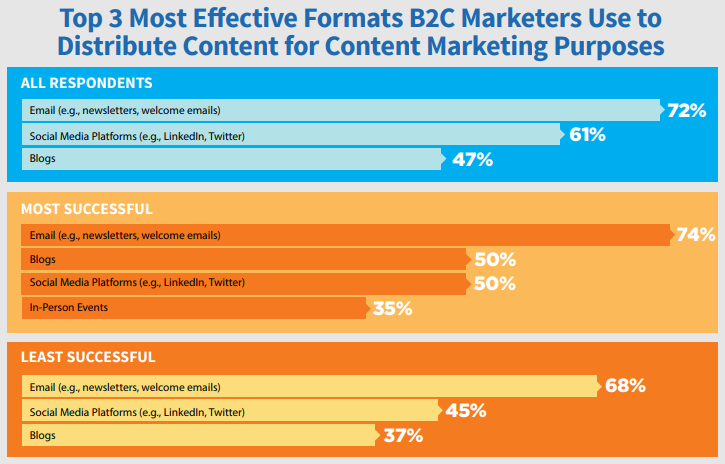
Ultimately, ecommerce content marketing allows your businesses to reach out to your target audience on a personal level. That helps build trust with the consumer, whom you can quickly turn into a paying customer.
Don’t just pick the correct type of content depending on your goal, though. Pick a medium you’re most confident with, too. Create the content, then just repurpose it so you can have that published on other channels you’re not as familiar with.
So, if you are already used to making YouTube videos, create those, then start sharing the same videos across other social media channels.
Crafting content for your customers the right way can help your ecommerce store generate the leads and conversions to make your business stay ahead.
How exactly can ecommerce content marketing help your business? Let’s take a closer look at the ways it can help you get ahead of the competition.
Lead generation is what makes any business owner succeed. The more prospects you can generate, the higher your chances of getting paid customers. The more customers you have, well, the more profit, of course.
You can use content marketing to bring in those leads you need.
Just imagine someone looking to know more about baking cakes. If they do a Google search, find your content, and click on it, you already have that one person who can turn into a customer. In other words, the more content you have on topics people search for (the content should still be aligned with your products, of course), the better. QR codes are also a great way to drive leads by targeting mobile users in particular. You can generate QR codes for your landing pages, offers, coupons and get more leads for your business.
You should aim for a specific number of leads within a certain period and see which type of content works the best for lead generation. That way, you can focus on creating those types of content as part of your ecommerce content marketing strategy.
Content marketing is more cost-effective than traditional marketing methods and has enormous potential for organic reach.
Thousands of people could engage with your piece of content on social media, for example. As you engage back, you start to build a community of loyal customers.
You can increase customer loyalty in other ways as well. Email marketing, for instance, is a great marketing plan. When a customer makes a purchase, encourage them to sign up for email alerts or e-newsletters. It not only helps your customer to stay up-to-date with your business, it also allows you to build and monitor the relationship in your CRM.
Amazon uses this strategy to encourage Alexa users to do more with Alexa.
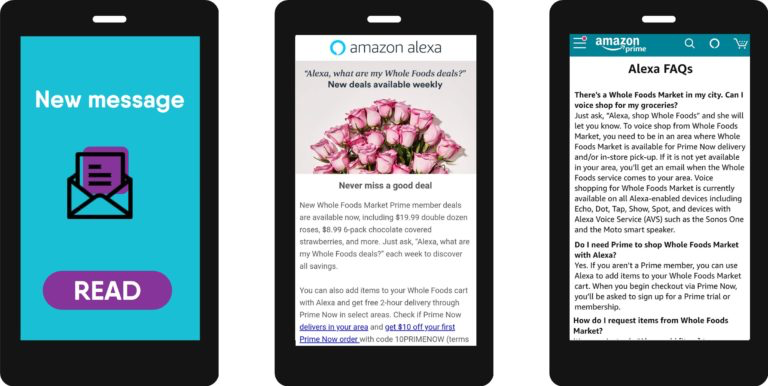
Amazon regularly sends out product updates highlighting its popular features to help educate customers and motivate them to buy other Amazon products.
Such emails are also often linked to other content pieces to help customers learn more about the ecommerce store.
I mentioned this before. The more leads you get to your ecommerce store, the more likely you’ll get those purchases you want. With high-quality content, you can nudge leads in the direction of a purchase. You can also stay top of mind with them so the next time they need something, they’ll think of your store and get that from there.
The videos on the Pinterest Business YouTube channel are the perfect example of content that helps increase conversions. The channel is loaded with video content that shows customer success stories. Each video can drive potential customers further down the sales funnel as they are directed to Pinterest’s customer success story page as well.

The key to ecommerce content marketing success is to show a correlation between customer value and using your product or service.
The increasing use of social media platforms has helped brands to spread their messages more broadly.
This digital age has also changed the relationship between companies and consumers as consumers now actively engage with brands online daily. Brands can now interact with them through social media channels like Facebook or LinkedIn.
Take Nike’s Instagram page, for instance. They don’t promote their products directly but focus on highlighting athletes of the most diverse sporting areas and experience levels.

The strategy has helped them increase brand reach, inspire audiences, and get more followers. Nike’s social strategy shows that you don’t always need to hard-sell to get conversions. After all, good marketing shouldn’t feel like it’s marketing in the first place.
Ecommerce content marketing can also create awareness about a brand or product.
Social media is a way to connect with your audience deeper by showing what the organization cares about. It also helps redirect traffic straight to your website with just the right Call To Action (CTA).
Here’s an example of an ecommerce ad with a “Shop Now” call to action on Instagram:

If your goal is to build strong brand identity or engage with your audience, you can develop content that people search for and advertise on social media.
Another way to increase brand awareness is through referral programs. When companies create referral marketing programs, they can develop brand advocates who will go out of their way to promote themselves.
Here’s a good referral program example from CBDistillery:
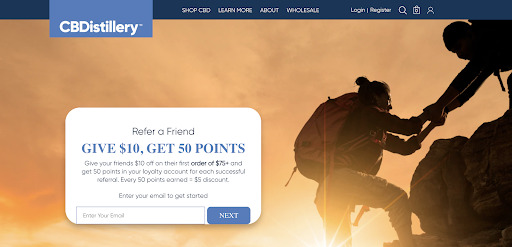
The CBDistillery loyalty program with a “refer a friend” incentive allows referrers to get $10 off on the first order of $75+ in exchange for 50 points. Every 50 points earned is a $5 discount. You can incentivize the offer for multiple referrals.
By promoting lucrative discounts and deals, referral marketing allows marketers to simultaneously generate brand awareness and acquire new customers.
In the world of digital marketing, most ecommerce companies are constantly trying to increase their online engagement. That’s why they invest a lot of time and money into content marketing.
An effective way to promote content on social media is through influencer marketing and partnerships. Influencers have large followings and trustworthiness with their followers, which makes them an ideal partner for brands. Social media allows for content that people engage with, too. Apart from the regular text posts, you can have infographics and videos that people just love to see.
Let’s go back to Amazon. The Facebook post below is just one of the content formats Amazon uses to share information about its Alexa device:
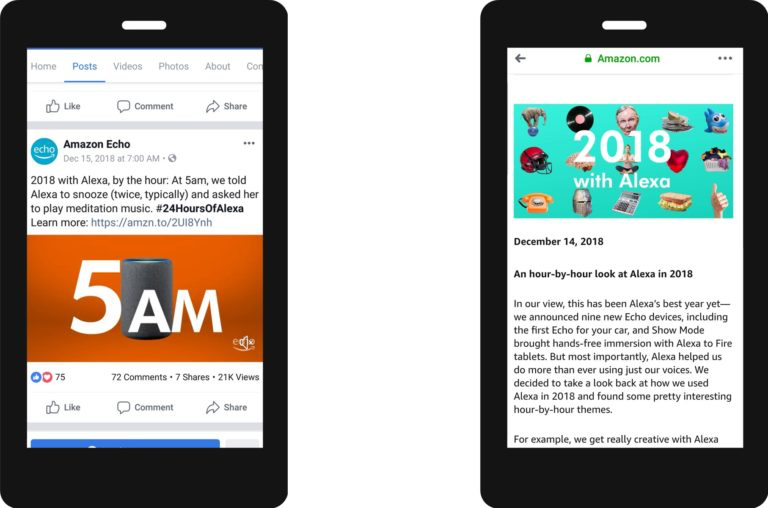
The post gave customers a look at a day in the life of Alexa. The content was both entertaining and informative, showcasing many of the tasks Alexa can perform for users.
By promoting the content on social media, Amazon instantly got their campaign before the product page’s 600,000-plus followers.
Now that you know the importance of ecommerce content marketing, let’s look at the steps you need to follow to execute one successfully. Complement these with excellent products, and you’ll get great results!
A target buyer persona is a fictional representation of your ideal customers. It helps you make better decisions and attract the kind of people interested in your products or services.
You can use your target market as a way to identify whom you want to be marketing to and what content you need to create for them. Here are questions you need to ask when putting together a buyer’s persona:
— What is their age?
— Where do they live?
— What is their income?
— What are their worries and frustrations?
You can get the answers to these questions from social media or your customers themselves.
What does a customer persona look like? Here’s a template you can take inspiration from:

By thinking from your buyer’s perspective, you can create content that resonates with them and generates your desired results.
There are many different studies done on customers’ perception of content online. A study by Forbes found that customers want to read engaging, relevant, and brief articles.
Studies also found that customers do not want to buy products or services from brands that don’t have the information they need readily available.
Content marketers should keep this in mind when writing copy for their clients. People are more likely to share, like, and comment on content that has a good story to tell. The content should be easy to understand, so it should typically be written in the AP style. You want “engaging” content.
Businesses that inject humor and comedy into brand promotion can stand out, too (provided the humor is something consumers can relate to and is not offensive). Here’s a great example of how to incorporate humor when promoting your brand:

Start with storytelling. If you can create emotionally moving, compelling stories relatable to your customers, they won’t forget you and are more likely to make purchases from you.
Content creators need to research before they begin creating content for their audience. The quality of the research will determine the effectiveness of the content created. If people don’t read your content, what purpose does it serve your brand?
In addition to creating readable content, you also need to make it discoverable. That means you need to do your keyword research so people can find you:
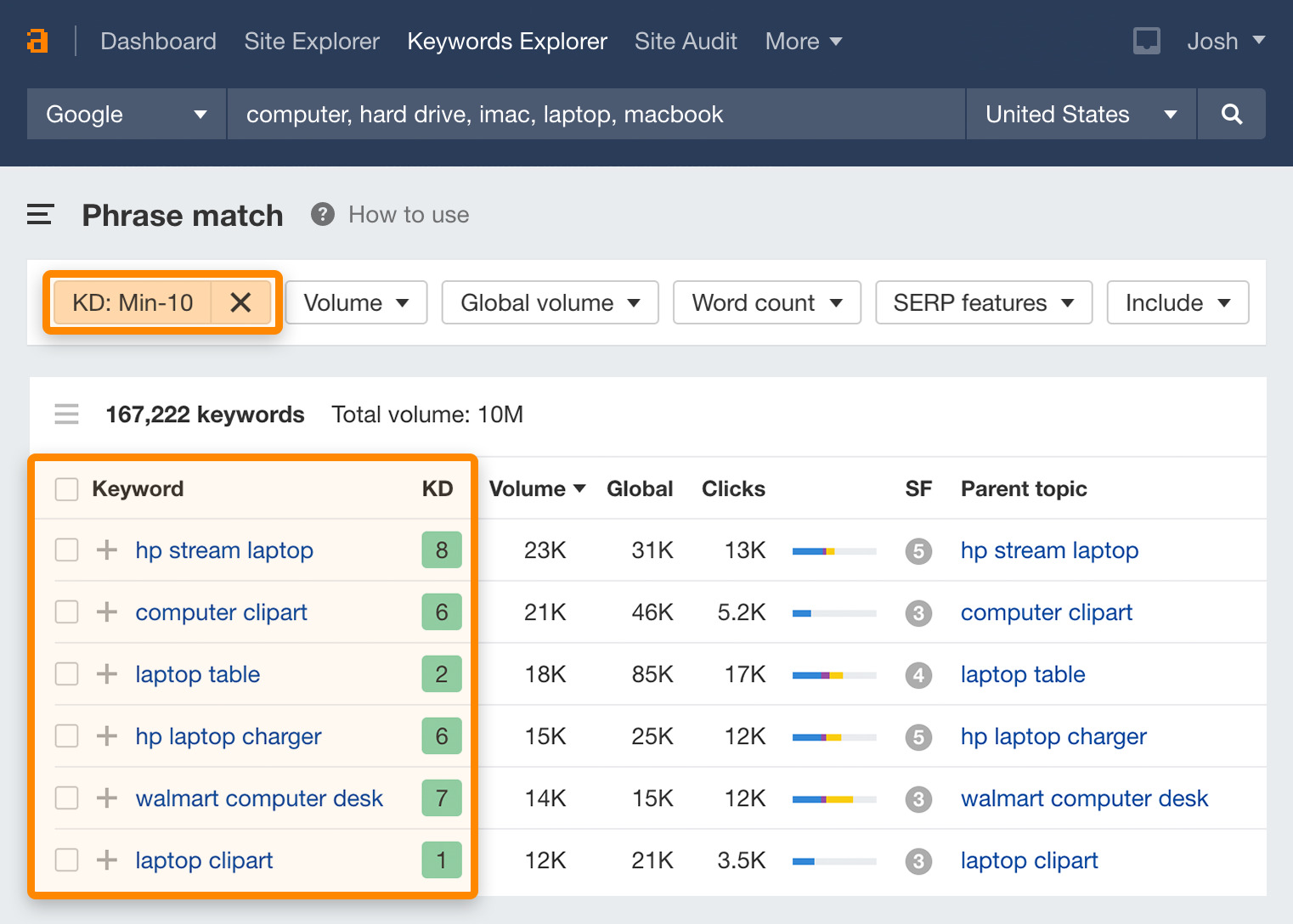
Let’s say you’re a blogger operating in the bubble bath business. You might want to create content around keywords like «bubble bath».
But when you do your keyword research, people actually search more for “how to set up a bubble bath». Therefore, it’s better to create tutorials and other content that answer that question, so you’re more likely to appear in search results.
Want to know more about researching keywords and how to adjust your content accordingly? Here’s a great resource on competition tracking tools for our top tips.
When you are creating content, it is important to think about what the customer will read. We should not have one-way conversations with our customers. We need to give them what they want for better results.
So, you need to write content according to your audience’s buyer journey for your content marketing campaign to succeed.

Your content should also depend on what part of the sales funnel (awareness, consideration, and conversion) your audience is in.
For example, at the top of the sales funnel, you would provide content that just attempts to inform without any sales message. So, if you’re selling baking products, you can have content that teaches the basics of baking, for example.
Further down the funnel, you might start providing possible solutions to a prospect’s issues and offer a more targeted sales pitch to convert them once you’ve earned their trust. For instance, you can send them content that talks about why your baking products are the best on the market.
The best way to measure your content marketing campaign’s success is by tracking the number of leads generated. That will help you get an idea of how your campaign is performing.
Good metrics will show you what kind of return on investment (ROI) you have achieved, too. Success could be gauged by measures like organic traffic, conversion rate, bounce rate, how many content shares you get, and what your engagement rate is.
You can also measure the number of social shares and mentions on social media, which will tell you how much traction your posts are getting. More shares and mentions mean more people are engaging with them, which means your content is working.
Tools like Content Audit enable you to evaluate your top-ranking articles and find which ones need to be updated.
Never be shy when it comes to asking for customer feedback. You can use surveys, focus groups, or customer interviews to get feedback and will help you create better content.
SiteGround, one of the most popular web host providers, knows the value of customer feedback. SiteGround offers several channels through which customers can leave feedback 24/7, such as phone, tickets, and live chat.
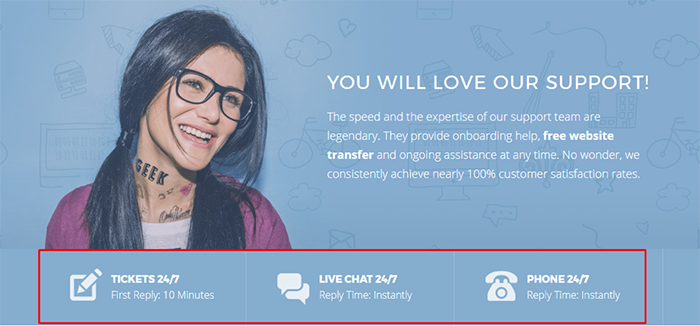
Customer surveys can help you figure out whether your content is helpful to your customers. The more valuable your content, the more likely you will have more people wanting to avail of your products or services.
The content marketing industry is ever-evolving. With the introduction of new technologies and the growth of online shopping, it has become necessary for ecommerce brands to create more engaging and persuasive content optimized for search engines.
Ecommerce content marketing, in short, is very important. You need to identify your audience, learn how it consumes your content, then create and publish it.
Once you launch your content strategy, make sure you measure the results and take constant feedback from your customers to improve the content. Good luck!

Written by
Nicholas Rubright
Nicholas Rubright is the communications specialist for Writer, an AI writing assistant designed for teams. Nicholas has previously worked to develop content marketing strategies for brands like Webex, Havenly, and Fictiv.
Stay on top of the competition. Let us keep you updated with news, insights, and more
